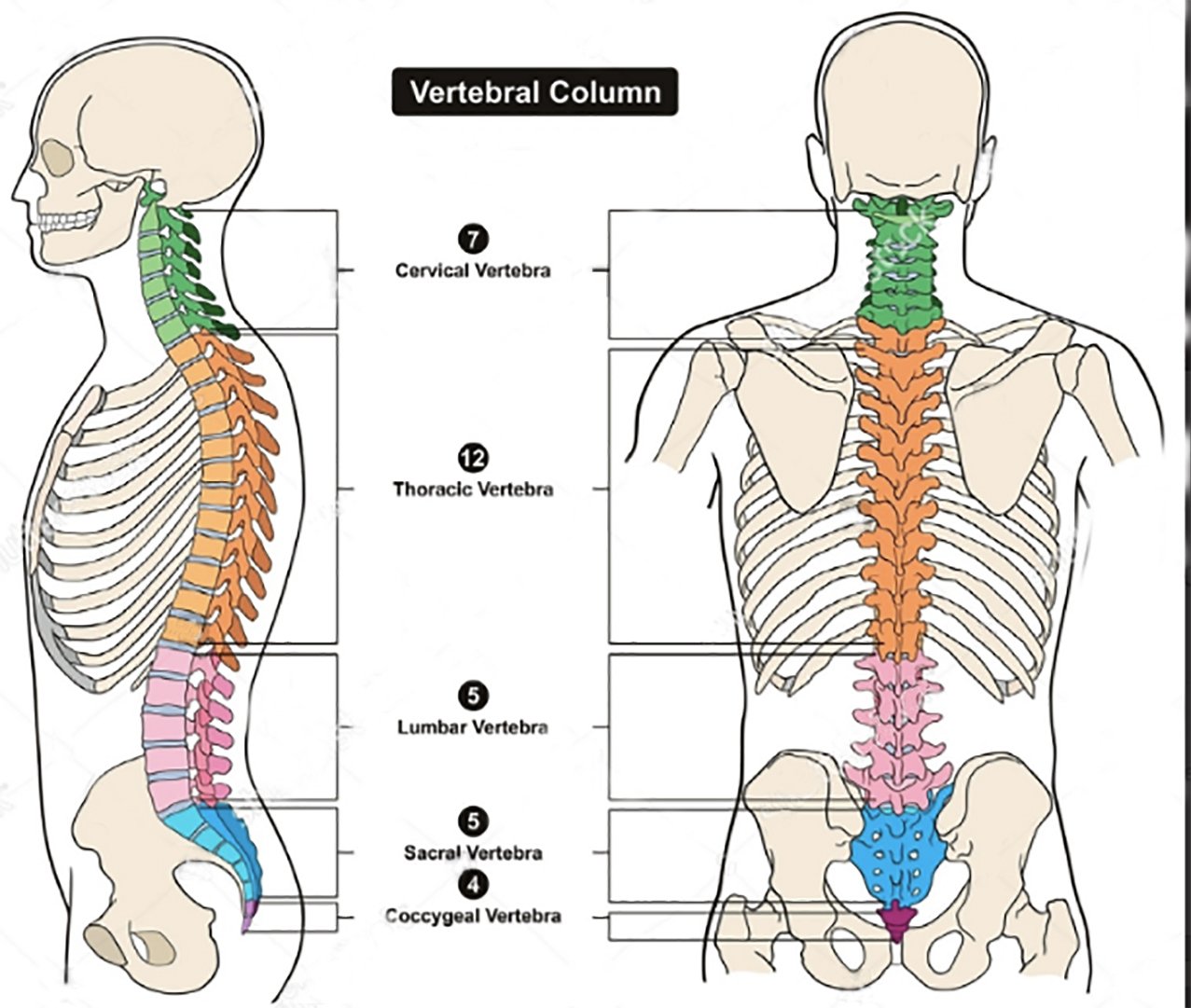OLIF technique emerging as a treatment of choice for spine surgeries: Medanta
February 27, 2019 | Wednesday | News
Spinal disorders are on a rise in India and OLIF can help prevent excessive blood loss, and reduce the treatment duration, and hospital stays
Statistics indicate that lumbar spine disorders are on a rise in India with people as young as 16 to 34 years of age suffering from some form of a spinal problem. Over time, this can lead to numerous complications.
While there are several options available to treat such degenerative spine disorders, the Oblique Lateral Interbody Fusion (OLIF) technique is gaining popularity as the preferred mode that can treat over 80% of the spinal problems. Some reasons for this include lower rate of morbidity, decreased postoperative pain, and reduced operating time and hospital stay.
A majority of back and leg pain originates from the lumbar spine which also bears the most stress. The lumbar spine refers to the lower back, where the spine curves inward toward the abdomen. It starts about five or six inches below the shoulder blades, and connects with the thoracic spine at the top and extends downward to the sacral spine
The OLIF procedure allows surgeons to treat lumbar spine conditions from an oblique lateral position. This spinal fusion procedure helps them in achieving the same outcomes as in a traditional spine surgery albeit in a minimally invasive manner. It is also safer when compared to the conventional open spine procedures as the latter requires larger incision, leads to more blood loss, increased duration of hospital stay and recovery, and more analgesics post operation. It also leads to muscle stripping and cutting and poses a higher risk of nerve injury.
Speaking about this, Dr Sudhir Dubey, Director, Institute of Neurosciences, Medanta The Medicity, said, “Given the rise in the number of degenerative spinal disorders, the need of the hour is to raise awareness about the availability of minimally invasive techniques like OLIF. It has better health outcomes than others. The technique avoids the Psoas muscle surrounding the spine on both sides in the lower levels. By doing so, it limits the chance of damage to those nerves thereby reducing the risk of leg pain, thigh weakness, and numbness. A majority of patients in the country tend to ignore spinal ailments and OLIF can prove to be a boon in addressing these. I am thankful to Dr John K Schuster for being with us today and sharing his experience and global best practices in the treatment of spinal disorders".
Dr John K Schuster (MD), Orthopedic Spine Surgeon at the Northwest Orthopedics, Washington, USA said, “Minimally invasive surgery is an evolving trend in addressing spinal disorders and makes use of smaller incisions to do traditional surgeriesthrough new approaches. OLIF is one such type of surgery, which is beneficial in more ways than one. It avoids harming major blood vessels by goingbehind intestines (peritoneum); reduces the potential risk to the nerves locatedin Psoas muscle surrounding the spine; and the interbody footprint gives more options for corrections and promote spinal fusion. I thank the entire team at Medanta for having me here today to help raise awareness about spinal ailments and also give a live demonstration of spinal surgery using the OLIF technique. “
Performed under general anesthesia, in OLIF the patient is positioned with their right side down and left side up for surgery. Once the skin is cleaned and sterile drapes are placed, a small incision is made over the appropriate spinal level. For multiple levels, a longer skin incision is made. After moving the abdominal contents to the side, blood vessels are safely protected, and spinal discs exposed. The psoas muscle is then gently moved out of the way and a minimally invasive spinal retractor is placed. The disc is then removed and the ends of the spinal bones (vertebrae) are prepared for the spinal fusion.
OLIF treatment plans and outcomes are specific to the individual patient and can produce varying results. However, its advantages include the fact that a larger size of interbody can be placed which helps in giving the human spine natural lordosis and increased surface area for early fusion. Patients can go back to their normal life early, there is less post-operative pain, no long-term muscle scarring or neural damage, and overall pain free outcomes.










